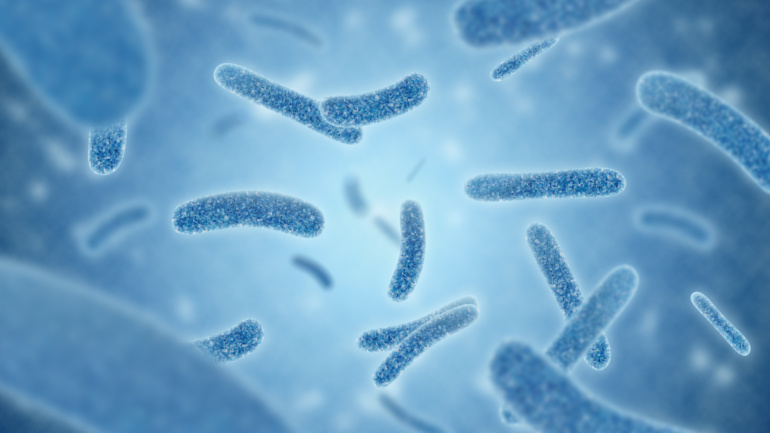By Brigitte Rodriguez, Publishing Associate: Researcher and Writer at Save the Water™ | October 23, 2024
Edited by Joshua Awolaye, Publishing Associate: Editor at Save the Water™
Harmful algal blooms increasingly threaten aquatic ecosystems and pose serious environmental and public health risks. Therefore, researchers must continue developing solutions to address their impact.
What are Harmful Algal Blooms?
Generally, cyanobacteria, also known as blue-green algae, increase rapidly in freshwater due to favorable conditions such as excess of nutrients (mainly nitrogen or phosphorus), warm temperatures, and abundant sunlight. As algae quickly grow in the water, they consume oxygen. This creates low-oxygen areas that can kill fish and disrupt the ecosystem.
Nutrient pollution is the primary cause of toxic algal blooms. Human activities like agricultural runoff and wastewater often lead to an excess of nutrients. The nutrients overfeed the algae, creating harmful blooms. Some of the environmental impacts are:
- accelerated algal growth, disrupting the natural balance of aquatic ecosystems
- degraded water quality as HABs release toxins that contaminate drinking water
- threatened survival of fish and other aquatic organisms
- health risks to humans and death of wildlife and domestic animals
Detrimental Impacts of Harmful Algal Blooms
One case study is Lake Okeechobee, which faces a growing HAB problem caused by the proliferation of blue-green algae. The primary cause is high phosphorus and nitrogen levels from human waste and agricultural fertilizers. Additionally, urbanization in regions like Orlando has significantly increased nutrient concentrations in nearby water bodies, including estuaries, rivers, and coastal areas. This causes a serious threat to local activities such as small-scale fishing and tourism.
Another real-life example is Lake Erie. This lake experiences annual HABs and has been covered by Microcystis aeruginosa since June of 2024. This type of cyanobacteria produces a toxin that primarily affects the liver. It is a danger to humans and animals. Officials warned residents from having contact with the water due to the risks of poisoning. This has presented a risk to the region’s drinking water supply. In addition, the lake’s wildlife are suffering due to water contamination and “dead zones” from depleted oxygen levels.
Water Treatment Methods
Several effective methods exist for eliminating harmful algal blooms from water. Sedimentation and coagulation are well-known treatments. However, more effective alternatives that preserve the ecosystem’s natural balance are being pursued. Some of these treatments include:
- Ultrasonic Treatment: Ultrasonic waves are used to disintegrate algae cells, preventing them from growing rapidly. This method is easy to operate and has minimal impact on aquatic organisms, though its effectiveness may vary depending on the size of the algae.
- Biomanipulation is a biological engineering strategy that focuses on reducing the abundance of phytoplankton in water to reduce the proliferation of unwanted forms of algae.
Current Challenges and Limitations
Monitoring and predicting HABs is challenging due to their toxicity and variability in scale. Additionally, rising water temperatures and changing precipitation patterns create favorable conditions for harmful algal blooms. Insufficient public awareness and inadequate infrastructure also fail to prevent human and animal exposure to these toxins. Therefore, this increases the health risks associated with HABs.
Future prospects
In brief, harmful algal blooms are expected to become more frequent and severe as human activities continue to alter aquatic ecosystems. However, ongoing research and advanced treatments, such as ultrasound-based techniques, offer hope for better control and prevention. Lastly, raising public awareness of the risks associated with algal blooms and promoting sustainable water management can help reduce the overfeeding of algae.



